Dr. Rebecca Harrison conducted an analysis of how the Star Wars movies fare when it comes to featuring women onscreen.
I have FINALLY ranked all of #StarWars based on screen time for women. This is now canon. Don’t @ me.
43% Last Jedi
37% Force Awakens
35% Rogue One
23% Return of the Jedi
22% Empire Strikes Back
20% Phantom Menace
18% Attack of the Clones
17% Revenge of the Sith
15% A New Hope— Becca Harrison (@BeccaEHarrison) May 28, 2018
Harrison’s tweet ranking the movies received a lot of attention as well as requests that she clarify her methodology: how were droids and alien creatures counted? What exactly does “screen time” encompass? So Harrison, an academic and author (and the person who pointed out that Leia got a PhD at age 19), wrote a post explaining how she had arrived at the calculations above.
“As with all research, it’s been labour intensive and I’ve had to make some tricky and imperfect decisions,” Harrison writes, “especially as I’m trying to create quantitative data from qualitative.”
She clarifies the properties and film cuts from which this data was derived:
[…] these are based on rough cuts of the remastered original trilogy, and prequels, sequels and spin-offs (i.e. what Disney now call ‘canon’ – sorry, no Holiday Special or ewok movies). I’ve edited the men out of the films as much as possible (more on this in a moment) but there are still sequences that need refining and further edits, so, if anything, the percentages of women’s screen time will likely go down as I trim excess male dialogue and reaction shots for a final cut.
Harrison also only counted a woman as receiving “screen time” if she also has a speaking role in the movies—for an excellent reason, “because having the ability to say something and contribute to the story, and not serving as a visual object, is important.”
However, if a woman with a speaking part is onscreen and not speaking, and neither is a man, I’ve kept the footage. Consequently, you get a lot of reaction shots of Leia or Jyn not doing much but being the only character in the frame. When men are speaking and a woman is onscreen, I’ve made a value judgement about whether she’s central to the action (or not) at that moment in the story. Sadly, especially in Padme’s case, she’s quite often just kind of ‘there’. She really does get a rough deal.
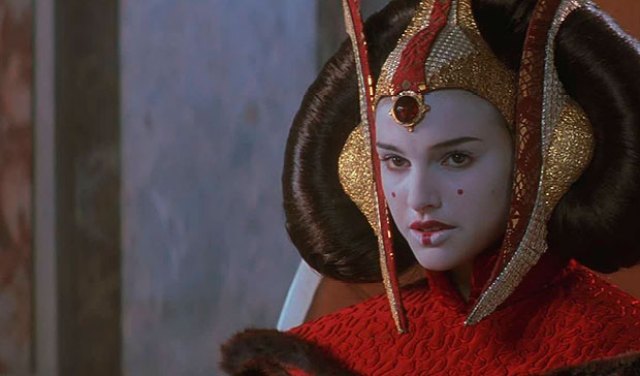
While Harrison edited out footage of men from the Star Wars films in order to make her calculations, shots of planets, ships, and action points like X-Wing fighter pilot battles stayed in—because unless we are explicitly shown a man as the pilot, those scenes can be open to interpretation.
Initially I was going to cut a lot of the space dogfights because we know it’s men piloting the X-wings, etc. But by removing men from the rest of the films, it opens up the possibility that when we can’t see inside the vehicles there is a woman, non-binary or gender-neutral pilot. So, these sequences stayed.
“Almost every character in the Star Wars universe is gendered by the franchise,” Harrison explains in terms of how she calculated for droids and aliens, using “Wookieepedia, interviews with filmmakers, and evidence in the text such as gendered pronouns” in order to arrive at these determinations.
Harrison hasn’t calculated where Solo fits in yet because the movie is not yet available for home consumption, but I’d imagine that it falls into the top 3 or 4 slots.
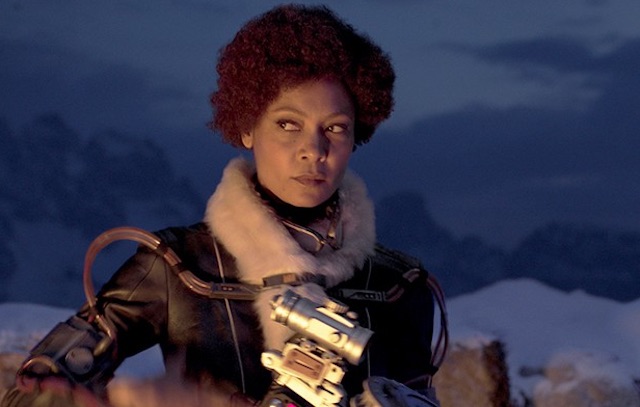
While these rankings are fascinating to consider, Harrison emphasizes that there’s a difference between quantity and the quality of the women’s roles therein. Simply having a woman appear or speak onscreen does not mean that she gets to contribute significantly to the plot, and Harrison points out that even the newer movies barely pass the Bechdel test: “The notion that women can have meaningful conversations with one another about something other than male characters is most apparent in The Last Jedi … but you can still count these exchanges on one hand.”
Harrison plans further analysis of screen time for women of color in the franchise—figures that she expects to be dismally low—and she’ll be discussing the quality of women’s roles in Star Wars in audiovisual essays and an upcoming book. “My hope is that by telling you the odds of women being onscreen in Star Wars, we can keep having useful conversations about identity and representation in the franchise,” she writes. For once I think we can flip Han Solo’s line and say: please, please, please do tell us the odds.
Though some of Harrison’s findings are dispiriting (I shouldn’t be surprised that A New Hope comes in last, and yet…), I think a more optimistic takeaway here is that the presence of women in the Star Wars films is at least trending in a more positive direction. By Harrison’s estimation, for example, 2017’s The Last Jedi has more than double the active screen time for women than 1999’s The Phantom Menace. That’s encouraging.
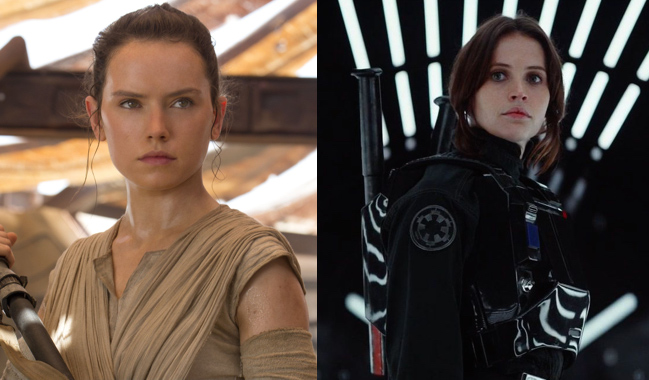
Yet The Phantom Menace ranked higher than the rest of its trilogy, showing that it’s not enough to merely have a woman onscreen (poor Padme)—that woman also needs to be speaking, engaged, and included in the action. And ideally, she should be able to talk to another woman about something other than a man.
It’s clear that Star Wars still has a ways to go, especially in terms of a diversity of gendered representation, but at least we can be assured by these numbers that we’re going forward and not back.
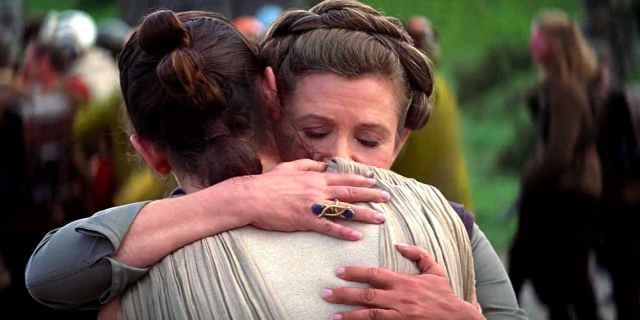
(via Rebecca Harrison’s Writing on Reels, Rebecca Harrison on Twitter, images: Disney/Lucasfilm)
Want more stories like this? Become a subscriber and support the site!
—The Mary Sue has a strict comment policy that forbids, but is not limited to, personal insults toward anyone, hate speech, and trolling.—



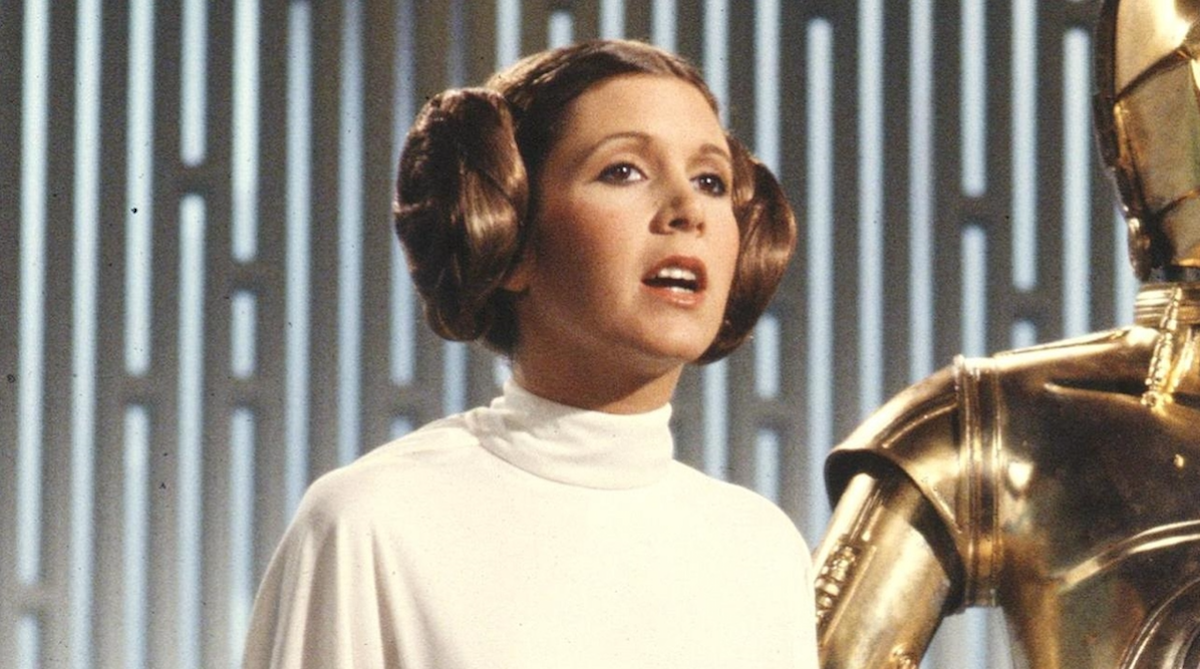
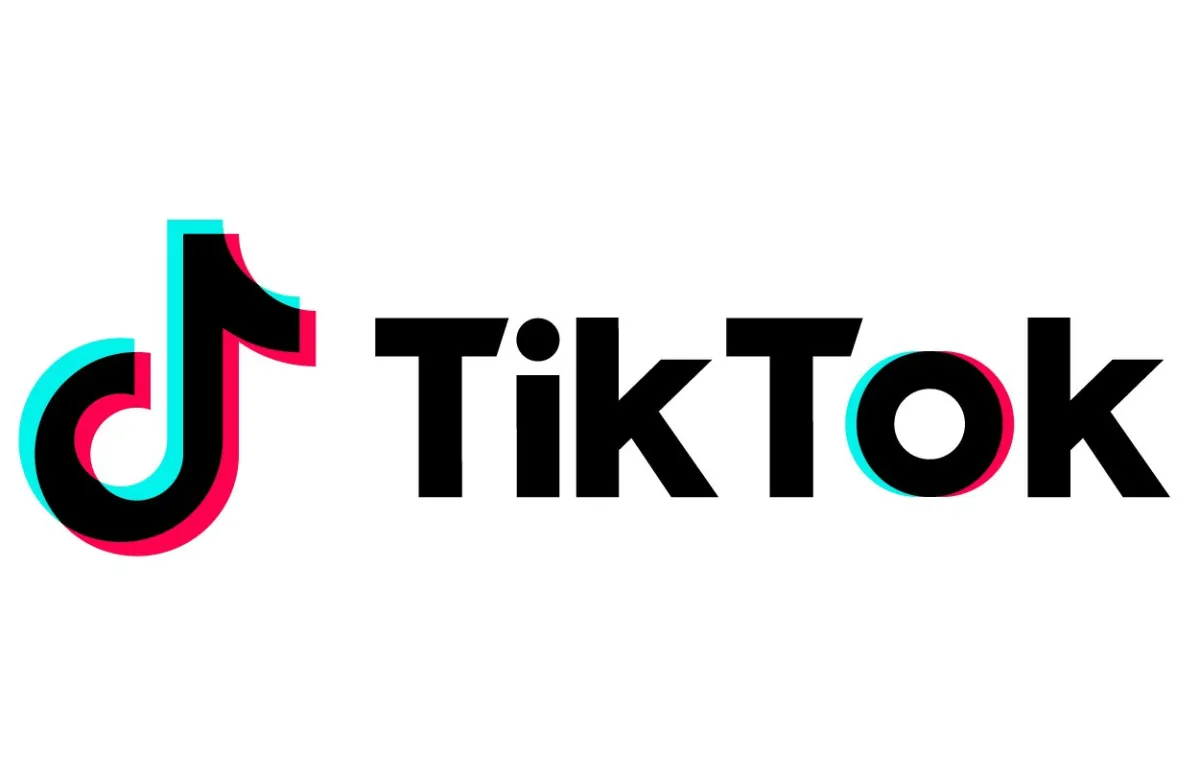
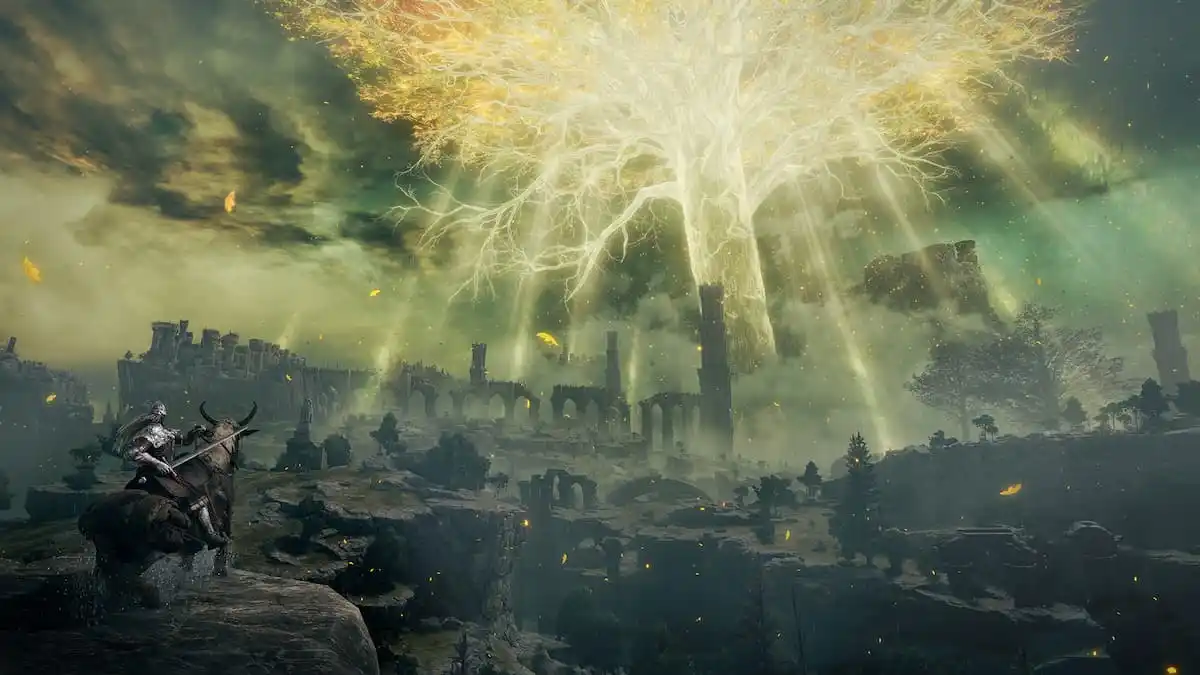
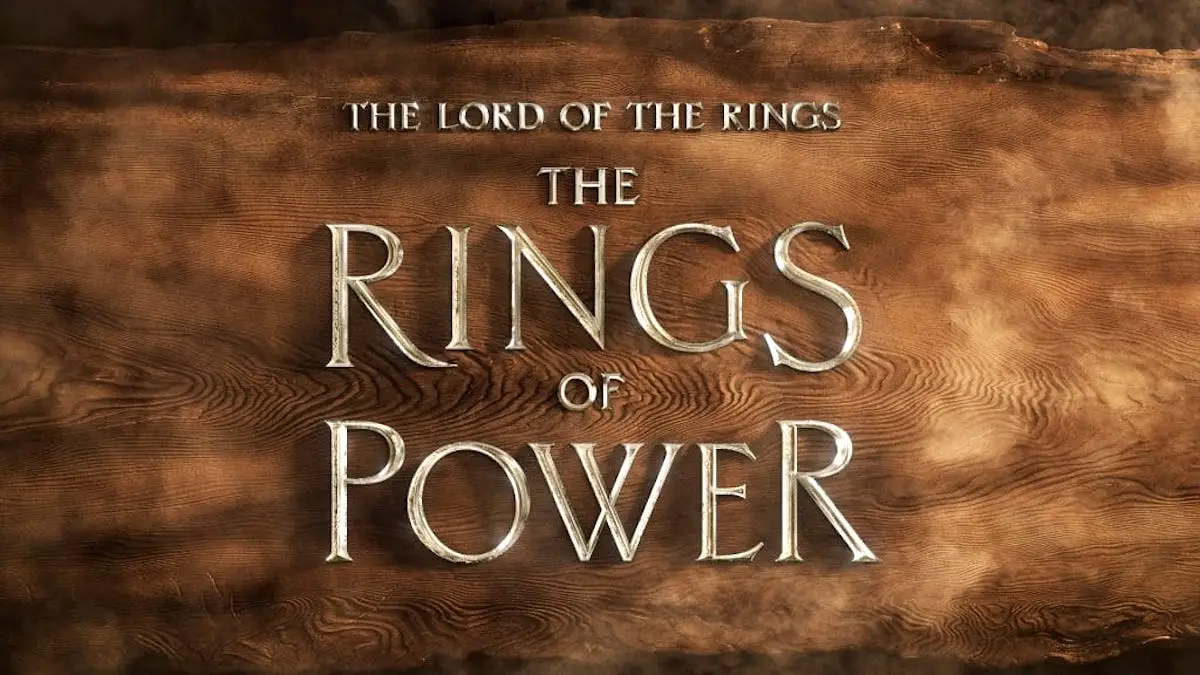
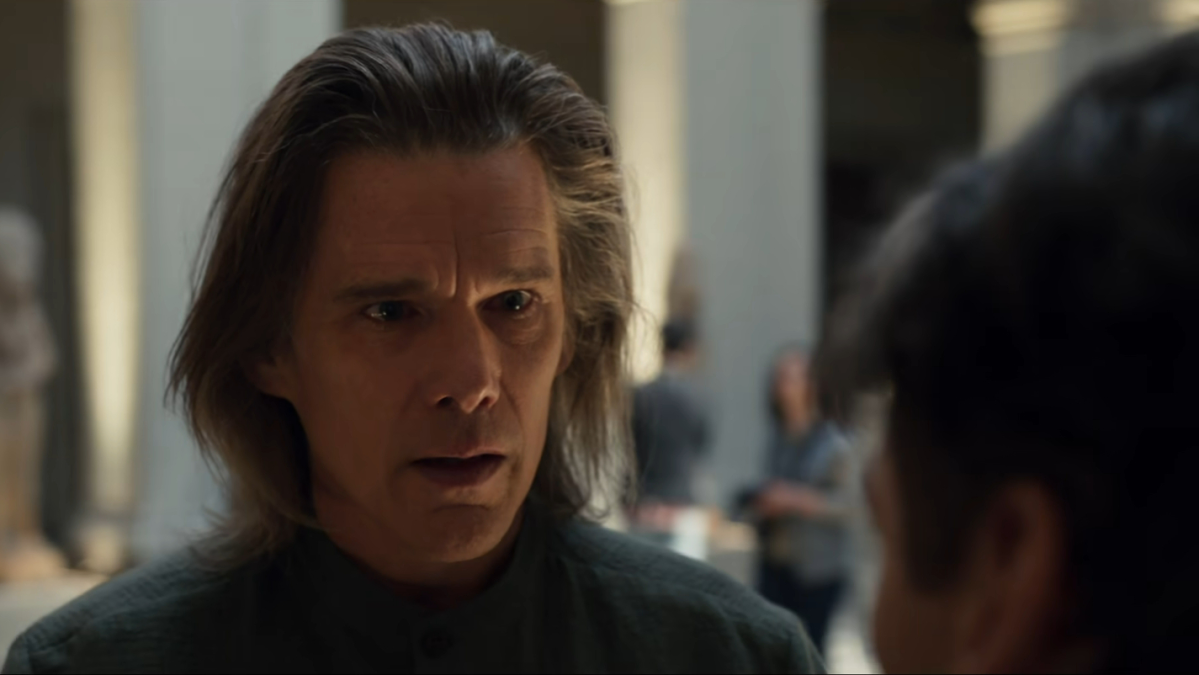


Published: Jun 4, 2018 10:56 am